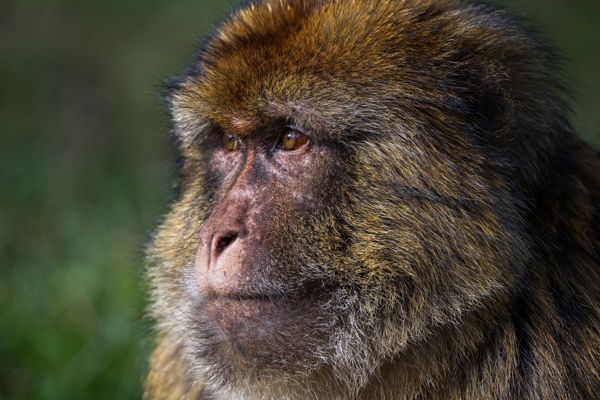Barbary Macaque Communication
10th Aug 2022
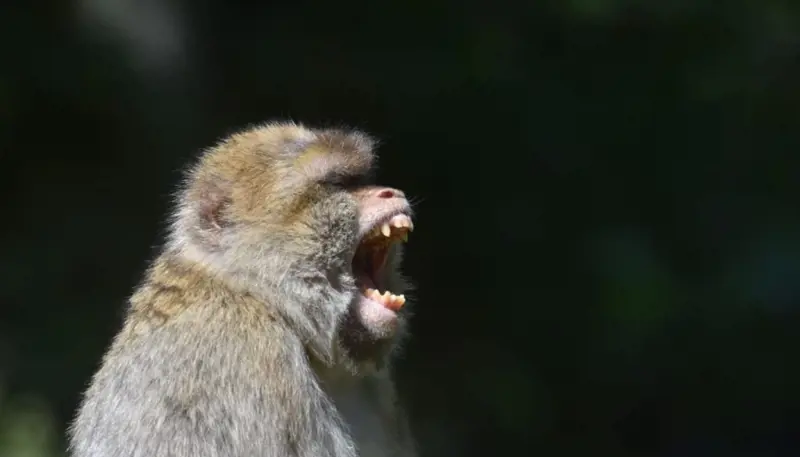
Communication is often the pillar upon which most societies are built. For us in the UK, especially in recent times, communication has been incredibly influential in how we operate as a collective nation within our local communities.
As humorous as it sounds, it isn’t too much of a stretch to compare us to Barbary macaques! Like us, Barbary macaques use communication as a vital tool within their community day-to-day.
Thanks to the research conducted in our parks, scientists have identified around 100 different communicative behaviours and their respective meanings. Isn’t that incredible?!
The way in which Barbary macaques coexist and communicate is absolutely fascinating. Before delving into the communication side, it is important to highlight their hierarchy.
Within each troop, there is a hierarchy ( a bit like our parliament). Each member occupies a specific rank like rungs on a ladder. Every individual knows and generally respects the position of others. The hierarchy is dynamic and changes often occur, especially in males. The highest ranking monkey or ‘chief’ is always an adult male, in the prime of his life, and is generally aged between 10-15. He is an authority and his mere presence will sometimes stop disputes. The chief plays an important role in group cohesion.
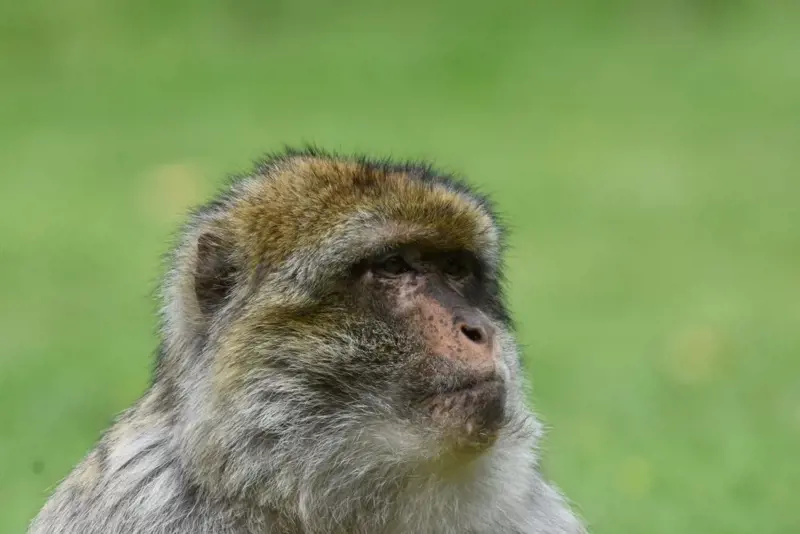
There are 4 key ways Barbary macaques communicate: Vocalisation, Facial Expressions, Gestures and Body Postures.
Vocalisations could mean many things but ones that are commonly used are – alarm calls, protest calls, or threatening grunts. These help to either warn, express concerns, or threaten should they feel in a vulnerable situation. Protest calls can be linked to the hierarchy mentioned above. Other monkeys who hear the protest might want to support the one making this vocalisation – if the monkey gets good support ( a high-ranking monkey) this will often settle the dispute.
Facial Expressions used are generally teeth chattering, a play face, or an open mouth threat. These are quite easy to identify, the teeth chattering behaviour is a friendly gesture and can often be seen when monkeys bond over a baby. The play face is likely to be shown when a few young monkeys start to curiously explore. This face involves hiding their top teeth and exposing just their bottom row of teeth.
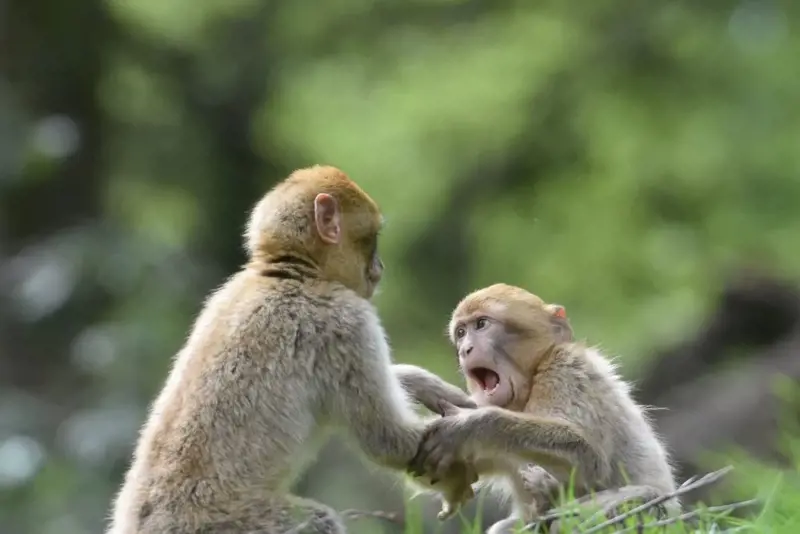
In regards to Gestures, grooming is mostly a way of communicating and expressing affection. It mostly occurs between family members or friends but also sometimes happens after a conflict as a sign of gratitude for the support. While grooming they sometimes remove dandruff but they very rarely have lice.
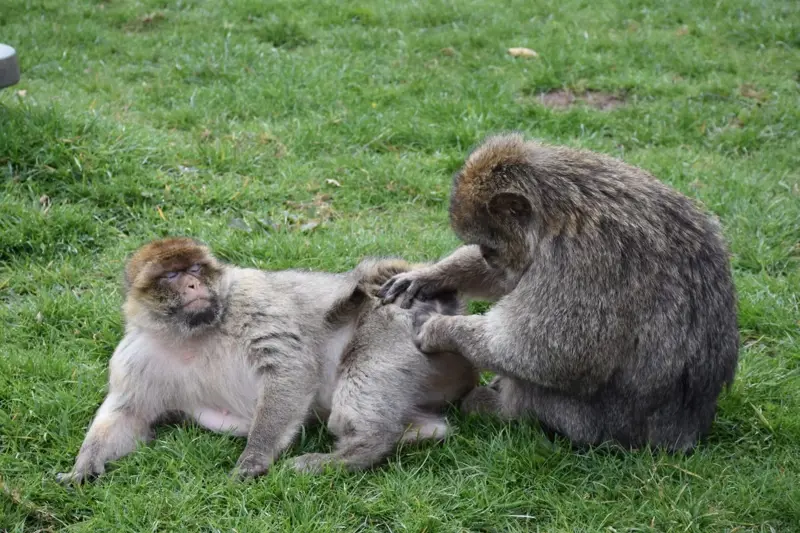
Body postures are often utilised to show their submission to a higher-ranking monkey. Monkeys can be seen presenting their hindquarters to other monkeys who have a higher rank.
In a monkey nut shell, that is how Barbary macaques communicate!

